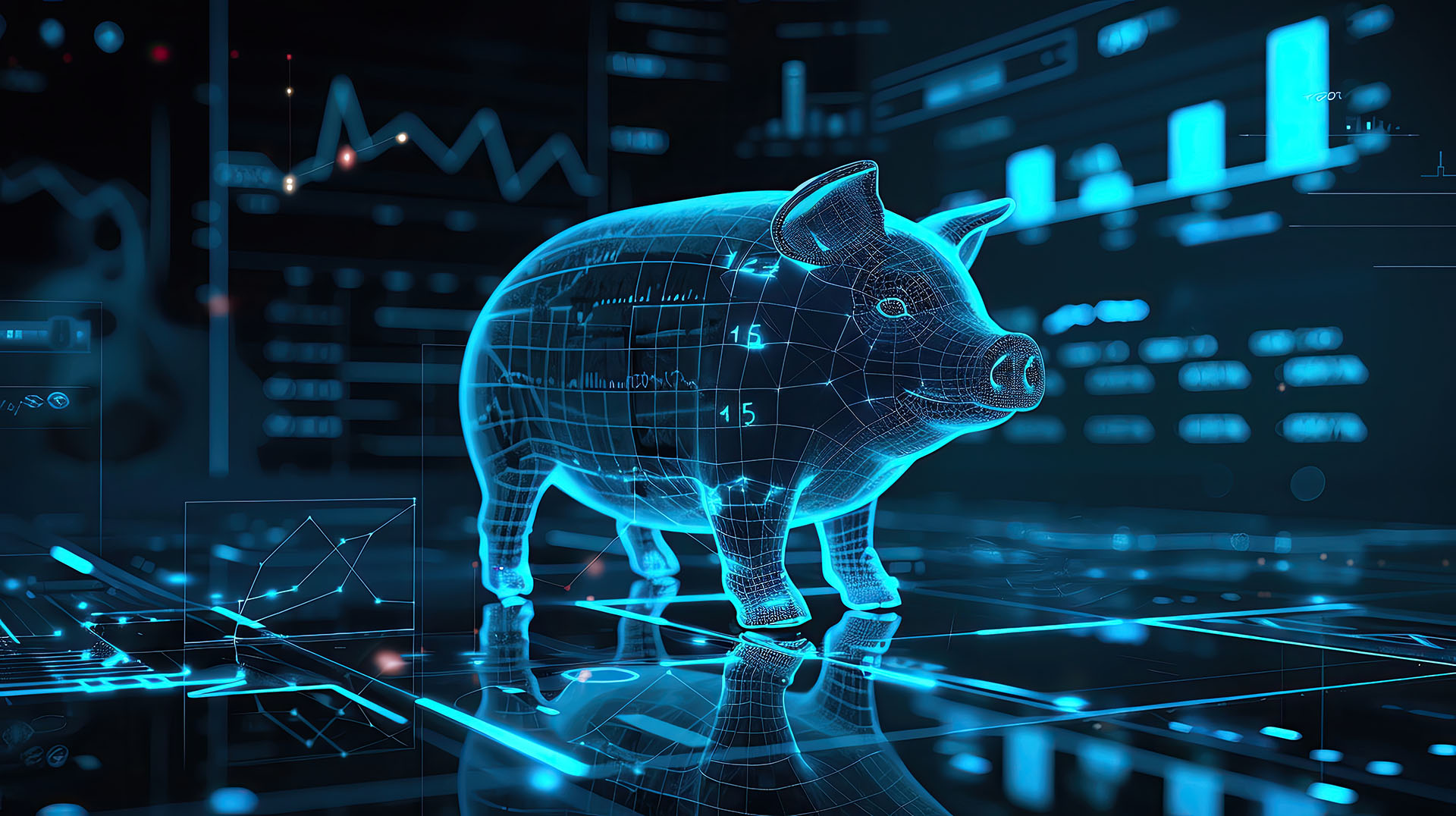18 August 2025

The market’s recent gains have come largely from retail investors entering the market but not everyone is convinced that this rally is real. Magellan Co-founder defended his 46% cash position this week and many others are publicly voicing concerns that the market rally is just a dead cat bounce.
The market’s recent gains have come largely from retail investors entering the market but not everyone is convinced that this rally is real.
Magellan Co-founder defended his 46% cash position this week and many others are publicly voicing concerns that the market rally is just a dead cat bounce.
According to Ben Carlson, portfolio manager at Ritholtz Wealth Management, dead cat bounces are not uncommon after big crashes.
“This type of move has precedent,” he wrote. “Many of histories [sic] great crashes have exhibited head-fake rallies that offered investors a false sense of hope that proved to be fleeting.”
The reason some are unsure whether or not this is really a dead cat bounce is because of the impressive scope of the rally. As of May 29 the S&P500 had rallied 35.7% since its late-march low, which – if it is a dead cat bounce – would be the greatest on record. The only other bear market bounce that comes close was during the Financial Crisis when the S&P500 bounced 27.4%.
The rally comes at a time when we’re still struggling with the consequences of COVID-19: In Australia, unemployment jumped to 6.2% as 600.000 jobs were lost and other countries are seeing similar effects. US unemployment is at historic highs, losing an unbelievable 20.5 million jobs in April after reaching five-decade lows of 3.5 per cent in February.
Recession was officially announced in Australia last week, for the first time since 1991. Consumer spending was already not great before the crisis but now faces an even longer recovery.
This disconnect between market activity and the economy is not unusual.
Market downturns are usually driven by investors who sell-off their shares as fear grips the market. By the time recession arrives, investors are starting to look towards recovery and to entering the market again.
But as Simon Lambert writes in This is money, “just as markets can get ahead of themselves as investors chase what they think might be the green shoots of recovery only for a frost to come in.”
No one knows for sure what is going to happen. Whether or not this is a real rally or a dead cat bounce, we will have to wait and see.
We have opened an investment strategy that we’ve used recently to benefit from potential increases to dispersion and volatility. Most portfolios are full of bullish positions – the Dispersion investment is something that can be used as a potential hedge. Click here to request the PDS.
Reach Markets are the advisors assisting with the management of this offer and may receive fees depending on whether an offer is taken up by investors.
Sources:
- Livewiremarkets: A$ near 70 cents as Australia’s recession begins
- Livewiremarkets: Magellan stays cashed-up amid elevated uncertainty
ABC News: US unemployment at historic levels, with 20.5 million jobs lost in April due to coronavirus
- The Guardian: Unemployment rate in Australia jumps to 6.2% due to Covid-19 as 600,000 jobs lost
- Investorplace: Dead Cat Bounce or Real Rally?
MarketWatch: Is this a dead-cat bounce or the bottom investors have been waiting for? Good luck coming up with an answer


